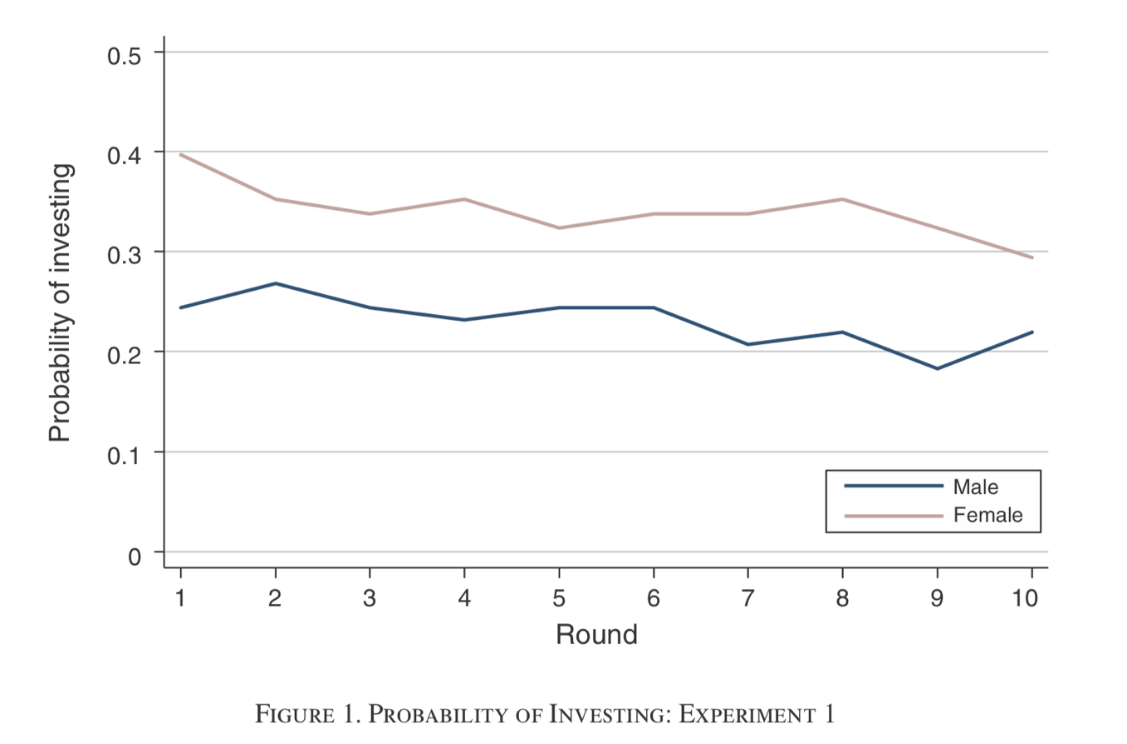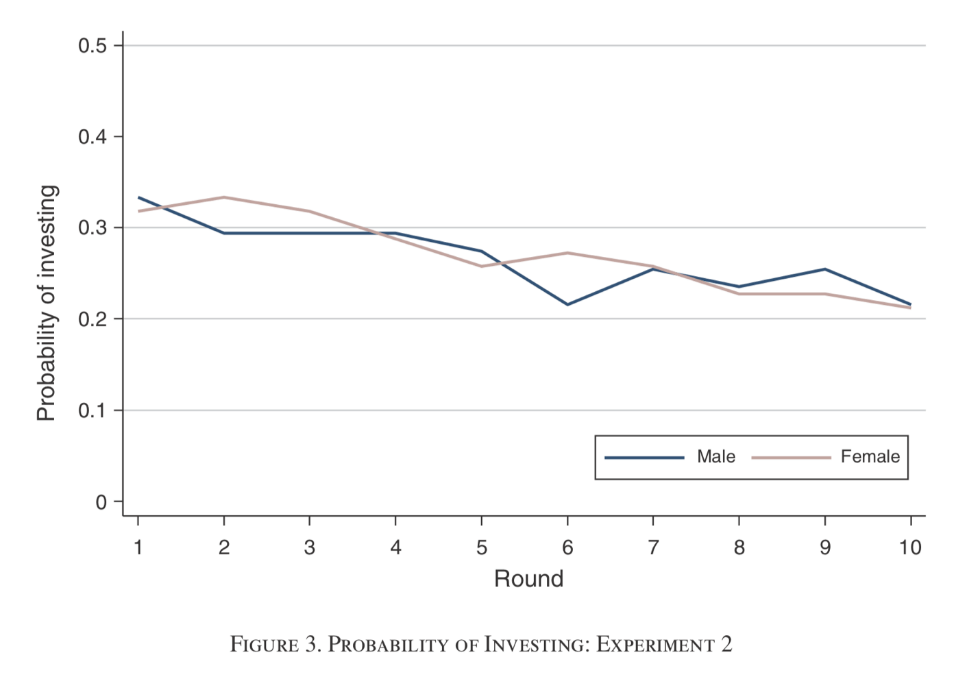There is a lot of discussion in the press lately about whether impediments to equality of opportunity remain after structural barriers have been removed. Political ideology often dominates these discussions. We offer a perspective from behavioral economics and social science.
Suppose your political goal is to help people from a historically excluded group get the same shot at achieving success as people from privileged groups. After hard work, you remove binding structural constraints for education, training, employment, credit, health care, and transportation. Is your job done?
Traditional accounts in economics and political philosophy contend that it is. But recent evidence demonstrates that it’s not. There’s a lot more to do. Stable institutions have cognitive foundations—concepts, categories, social identities, and worldviews. They function like lenses through which individuals see themselves and conceptualize the situations they face. As the anthropologist Mary Douglas puts it, institutions have “schematizing” effects—they influence how people think. This can cause social exclusion to persist.
What happens after structural barriers to opportunity are removed?
Even after structural barriers are removed, people carry around in their heads categories and beliefs that legitimized the old rules. The entrenched cognitive structures and beliefs affect their behavior.
The precision of economics has benefited from field, lab, and as-if-random “natural” experiments. Economists now investigate whether socio-psychological barriers undermine equal participation in society by different groups.
In our recent paper, we review causes of social exclusion that go beyond the structural barriers identified by rational choice theory, and discuss policies to address them. A growing list of interventions has produced large benefits—like helping individuals from disadvantaged groups develop the self-confidence needed to succeed in high school and college.
Socio-psychological barriers persist, and impede women’s mobility
Despite substantial female educational advances, vertical gender segregation in the workplace remains: men are disproportionately in the top ranks in industry and women are disproportionately at the lower end. Advancement depends in part on the allocation of time between tasks that are likely to affect one’s career (revenue-generating tasks in industry and research-related tasks in research-oriented universities) and tasks with low promotability (like organizing an office Christmas party or participating in committees). Many people rightly feel a sense of obligation to spend some time on tasks that help their organization at the cost of advancing their careers.
If a person does such tasks, he or she benefits (everyone gets to go to the office Christmas party!), but all the other people in the organization benefit, too. The problem is that everyone prefers that the task be done by someone else.
Why do women typically end up with most of the tasks with low promotability?
Linda Babcock, Maria Recalde, Lise Vesterlund, and Laurie Weingart found a lot of evidence that women, rather than men, disproportionately do the tasks with low promotability. They ran an experiment to shed light on why.
Participants in an experimental session—all seated in one large room and each with a computer—were randomly divided into a new three-person anonymous group in each of 10 rounds. In each round, group members had to make one decision—to volunteer, or not, to “invest.”
The investment would increase the payoffs of everyone in the group, but the increase to the investor would be less than the increase to each non-investor. In each round,
- If nobody in the group invested, each player got $1.00.
- If somebody in the group invested, that person got $1.25 and each other person in the group got $2.00.
To volunteer, a person clicked on a computer screen. As soon as one group member had clicked, or two minutes had elapsed, the round ended.
Each person waited to see if someone else in the group would volunteer to be the investor, and so investments were primarily made in the last 2 seconds of a round. In sessions made up of about half men and half women, the women volunteered almost 50 percent more often than the men. The graph shows that in every round, the probability among women that someone invested was always substantially greater than the probability among men.
Figure 1: In mixed settings, females volunteer more than males for the low-rewarded task
Does this result reveal that women are nicer than men? No. When the experiment was run with only men or only women in a session, so that participants knew that they were grouped only with members of their own sex, men and women were equally likely to volunteer to invest.
Figure 2: In single-gender settings, no gender differences in the probability of volunteering for the low-rewarded task
This suggests that the male-female gap in the volunteer rate in mixed-gender sessions was not driven by gender differences in preferences, but instead depended on the unequal status representations of men and women. Men may have expected women to volunteer for the relatively low payoff; women may have expected men to expect that.
Formal impartiality is not enough to create fairness
The results show that impartial rules are no guarantee that individuals in different social categories get a fair shot at a high payoff. If a social group was historically excluded by structural barriers, the way people inside and outside the group have come to think about the group can lead to behaviors that reproduce the old pattern of group inequality.
Social change, in the long run, may require a change in social constructs. Yet in the short run, many things can be done to make outcomes fairer. Designers of institutions should think about how the rules of the game interact with concepts, categories, stereotypes, and narratives that are the legacy of rules that were long ago abolished. In the case of tasks with low promotability, described here, policy could define every job as requiring a certain number of service hours, or fewer tasks could be allocated by asking for volunteers but instead by encouraging turn-taking.
Behavioral economics is shining a light on why social exclusion is hard to change.
The Brookings Institution is committed to quality, independence, and impact.
We are supported by a diverse array of funders. In line with our values and policies, each Brookings publication represents the sole views of its author(s).









Commentary
Why social exclusion is hard to change: A behavioral perspective
September 4, 2018